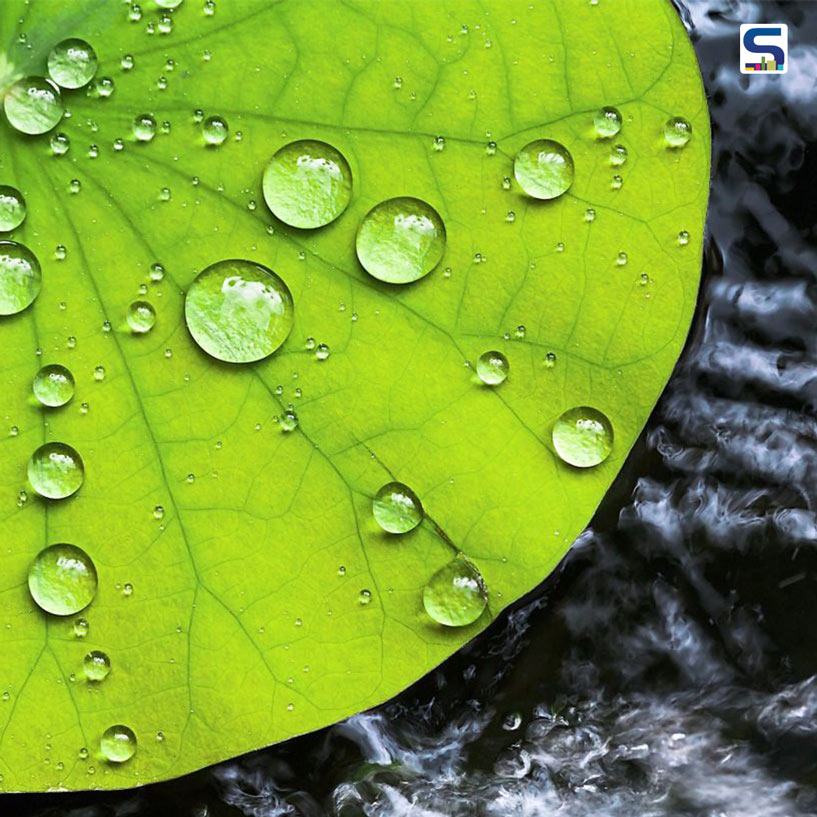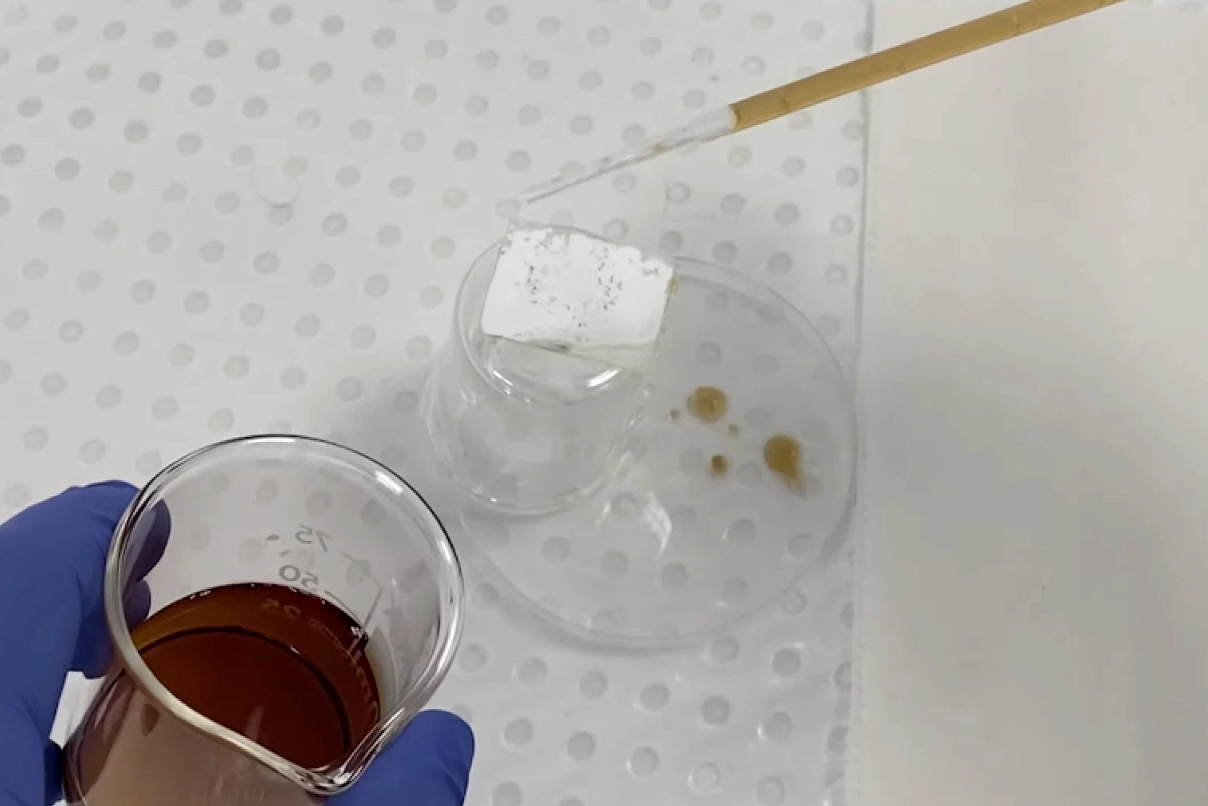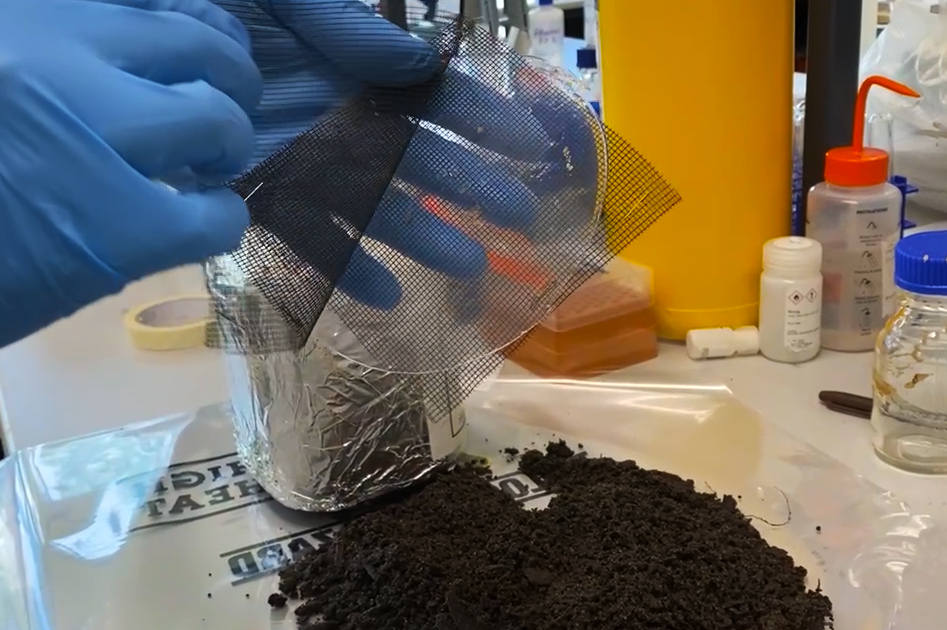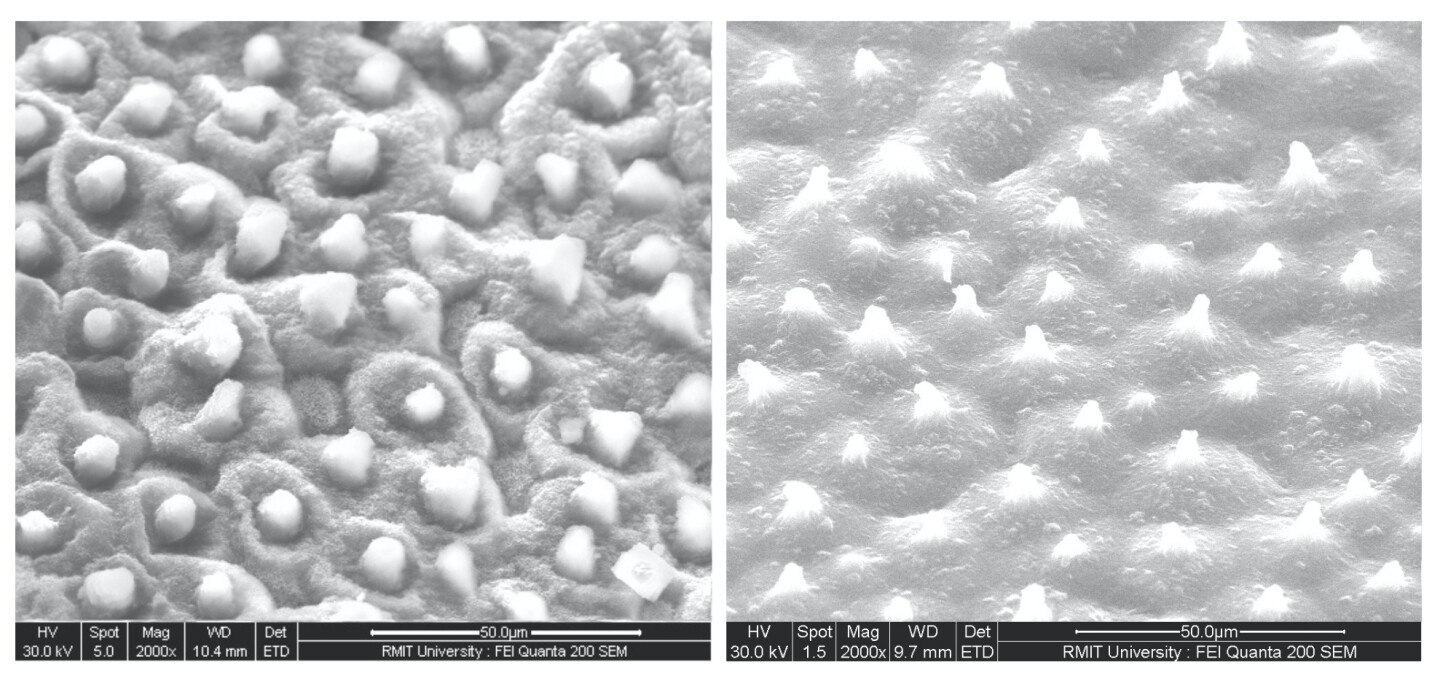
Scientists at RMIT University have developed a self-cleaning, compostable and water-repellent bioplastic that could be an ideal substitute for regular plastics. They took cues from lotus leaf to create this material that shrugs off water and other contaminants. According to Benu Adhikari, Chemical and food engineer, Professor, RMIT University, this new material will help cut back on plastic pollution. Read SURFACES REPORTER (SR)’s complete report below:
Also Read: Bioplastic Made of Forest and Farm Waste Locks in Carbon for Centuries | Made of Air
Biodegradable and Fully Water and Dirt Resistant
Benu Adhikari says, “Microplastics are everywhere. I am always thinking about how we can create packaging materials that are safe to use in contact with food but can be composted or naturally degraded when discarded.”
The innovative engineers at RMIT University developed this plastic that is both biodegradable and water-resistant. It repels dirt and liquid just like a lotus leaf and then disintegrates them quickly once in soil. The material can easily biodegrade in soil and hence does not threaten the environment.
 While the biodegradable plastics market is growing tremendously, not all bioplastics are the same. Extensive industrial processes and extreme temperatures are required to break down most compostable plastics. But the researchers painstakingly selected the raw materials for creating this material as it easily breaks down with exposure to bacteria and bugs in the soil.
While the biodegradable plastics market is growing tremendously, not all bioplastics are the same. Extensive industrial processes and extreme temperatures are required to break down most compostable plastics. But the researchers painstakingly selected the raw materials for creating this material as it easily breaks down with exposure to bacteria and bugs in the soil.
"Through our bio-inspired engineering that mimics the 'lotus effect', we have delivered a highly-effective starch-based biodegradable plastic, says Benu Adhikari.
Made From Easily Available Raw Materials
Bioplastic is made from cheap and readily available raw materials such as cellulose and starch to keep production costs low. These materials are also biodegradable. The making of the materials does not require heating or complex equipment.
 RMIT Ph.D. researcher Mehran Ghasemlou, the lead author of the study, says, “We designed this new bioplastic with large-scale fabrication in mind, ensuring it was simple to make and could easily be integrated with industrial manufacturing processes.”
RMIT Ph.D. researcher Mehran Ghasemlou, the lead author of the study, says, “We designed this new bioplastic with large-scale fabrication in mind, ensuring it was simple to make and could easily be integrated with industrial manufacturing processes.”
Also Read: A Plastic-Like Material Said to Be Stronger Than Steel 2DPA-1
Mimicking Lotus Effect
The material is apt for food packaging, unlike purely starch-based packaging that gets dissolved when it comes into contact with food, the material has a lotus effect. It avoids water and contaminates from sticking to the surface.
 “The lotus leaf has a really interesting function because of its unique microstructure: [a layer of microscopic] pillars and a waxy coating on top,” said PhD researcher Mehran Ghasemlou. “If you place a droplet of water on the surface, it will easily reject it.”
“The lotus leaf has a really interesting function because of its unique microstructure: [a layer of microscopic] pillars and a waxy coating on top,” said PhD researcher Mehran Ghasemlou. “If you place a droplet of water on the surface, it will easily reject it.”
Source: RMIT University
Keep reading SURFACES REPORTER for more such articles and stories.
Join us in SOCIAL MEDIA to stay updated
SR FACEBOOK | SR LINKEDIN | SR INSTAGRAM | SR YOUTUBE
Further, Subscribe to our magazine | Sign Up for the FREE Surfaces Reporter Magazine Newsletter
Also, check out Surfaces Reporter’s encouraging, exciting and educational WEBINARS here.
You may also like to read about:
Designer Develops New Materials from Organic and Textile Waste| Adapt Materials | SR Decor
A Biodegradable Construction Material That Claims to Be an Alternative to Concrete Blocks - Green Charcoal Bricks
A Material That Could Be Alternative to Wood, Made From Kombucha Waste Pyrus
and more...